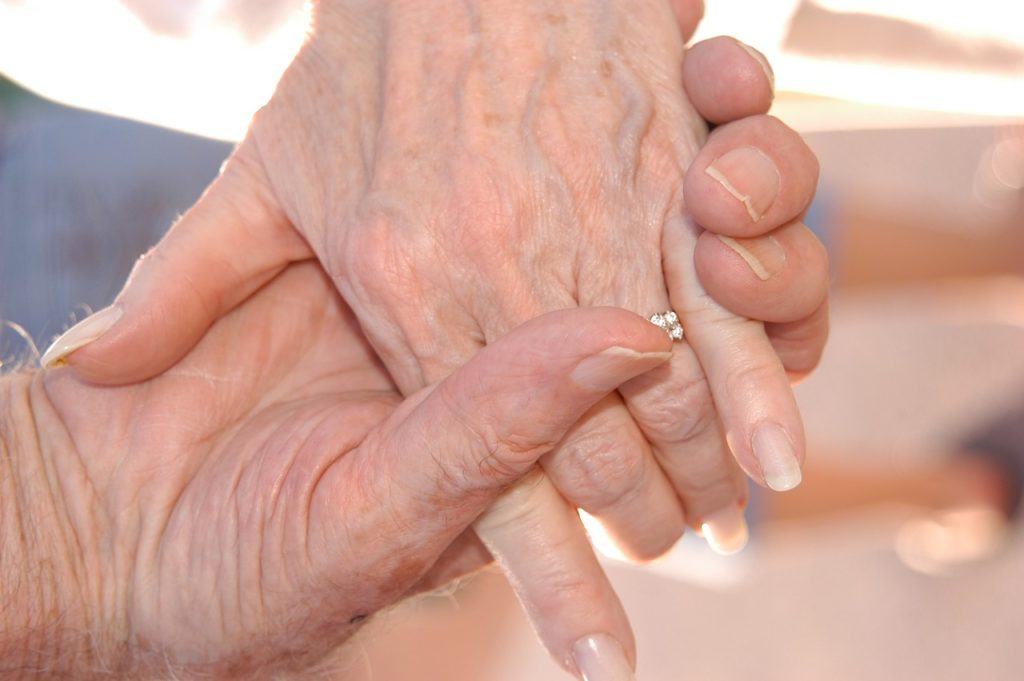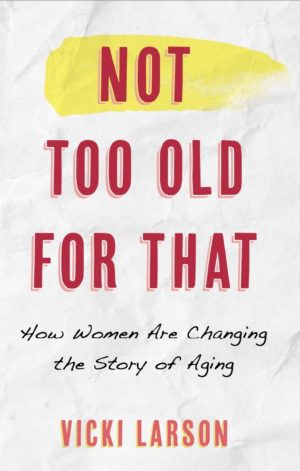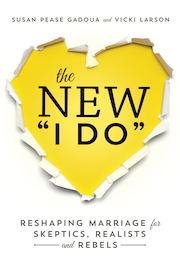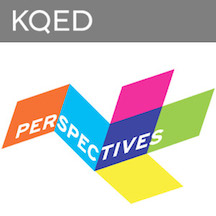I’m not sure how many men read articles or buy books about marriage, and I say this as the co-author of a book on marriage. Although men have historically gained the most from the institution, it’s generally women who are attuned to a relationship’s temperature and, thus, are most likely to read up on how to have a happy marriage. Of course, most of the articles and books are geared toward women anyway, as many of us consider it the wife’s job to keep a marriage going. And so arrives Marriageology: The Art and Science of Staying Together, a new book by Time writer Belinda Luscombe, who has written extensively about marriage.

Like so many marriage books (except, ahem, mine), it doesn’t question whether marriage is still necessary nowadays (it isn’t, except for government perks and protects; more on that below), and, as typical, sees making it last “until death” as marriage’s goal:
Marriage, that fusty old institution, is worth fighting for. Permanence is temporarily out of favor … Things that have been around for a while are no longer accorded honor simply because they’ve endured.”
That’s not exactly true — we congratulate couples who celebrate wedding anniversaries, especially once they start getting into decades, even if the marriages have been meh at best and downright miserable at worst. Just look on Facebook.
She organizes the book into six topics she considers challenges to long-term mating and monogamy: familiarity, fighting, finances, family, fooling around and finding help. And then she uses science, interviews, common sense and her own marriage to address the challenges in each category and ways to overcome them. And she does it with some wry humor that makes it quite enjoyable to read, as are her Time articles.
Divorce- and affair-proof a union? Nope
The book would not have helped me once the crap hit the fan in my marriage. But would it have helped before we got to that point?
Therein lies the rub. Probably not. Pretty much definitely not. Why? Am I truly that cynical? No. It’s because although she writes, “Making a few slight tweaks to the way you treat your spouse can have a huge payoff” — which I genuinely believe is true — she never acknowledges that no matter how kind, generous, loving, giving, respectful and woke you are, you just can’t control your partner’s actions. And if your spouse is going to engage in bad behaviors, then, well, good luck with that.
Other quibbles: twice she equates a marriage that doesn’t make it until death a failure. Arrgh! No need to get into that again, but the way we talk about a marriage that ends in divorce — “failed marriage,” “broken family,” etc. matters. It’s damaging and shaming. We’re past that, people. Let’s be gentle with the way we talk about people who wed with the best of intentions and then stuff happens and they have to split.
For richer, for poorer
She acknowledges that in an era when women have more economic power and don’t need a man to be the provider they may decide it’s not worth tying the knot. And that men, accustomed to being the provider, feel like they’ve lost their most important job and don’t know what else they can bring to the relationship table (it’s a lot, guys, really; we’ll treasure you even more if you can just get out of your own narrowly constructed view of masculinity way). But then she goes on to gently chide people for divorcing over money issues because they’ll end up poorer — especially if you’re a woman who has stayed home to watch the kids. To which I say, no one should have to suffer for that. It’s time to pay the at-home caregiver for their services. It’s also time to pay women the same as men so we don’t have to struggle to support ourselves and our children no matter our relationship form. And, just as important, get a prenup — which she does not mention as an option.
The book also paints a bleak picture of children of divorce, citing the late Marin psychologist Judith Wallerstein’s work, but neglects to mention that Wallerstein’s work has been criticized for numerous reasons and also took place at a time when there was limited, if any, support for divorcing parents and their children. In an era of conscious uncoupling and divorce selfies, today’s divorcing couples and their children do much better.
And her approach is geared toward hetero couples and those with children (the Family section is all about being parents and doesn’t address the many ways people create family today). While some things are universal — kindness, gratitude, etc. — those whose marriages are outside the box may not find themselves in these pages.
Sorry — it’s just for the married
But perhaps my biggest quibble is the way the “art and science of staying together” — the book’s subtitle — isn’t really about staying together; it’s about staying together as a married couple, as if there’s no other way to stay together when clearly there is.
Where’s their book?
Which is why I take issue with many marriage advice articles and books, as if marriage per se is what matters and not the couple within it and the way society can support or ostracize our romantic decisions. They rarely acknowledge that love, commitment and good co-parenting can occur outside of marriage (think of all those long-term same-sex couples who couldn’t marry!) as within; that only a marriage license grants couples more than a thousand perks and privileges based solely on their sexual/romantic life (and when will people start asking, why?) and that matters (again, ask same-sex couples); and that society too easily encourages and approves of marriage over other committed, loving, unmarried relationships (and when will people start asking, why?)
That said, many couples can benefit from the science in Marriageology no matter their partnership form — dating, cohabiting, living apart together, married, open … whatever. But if you’re questioning why we still revere longevity and marriage as the only — and best — way to be happily partnered, you won’t find satisfying answers here.
Want to shape your marriage according to your values and goals, not just longevity? (Of course you do!) Then read The New I Do: Reshaping Marriage for Skeptics, Realists and Rebels (Seal Press). You can support your local indie bookstore or order it on Amazon.
















